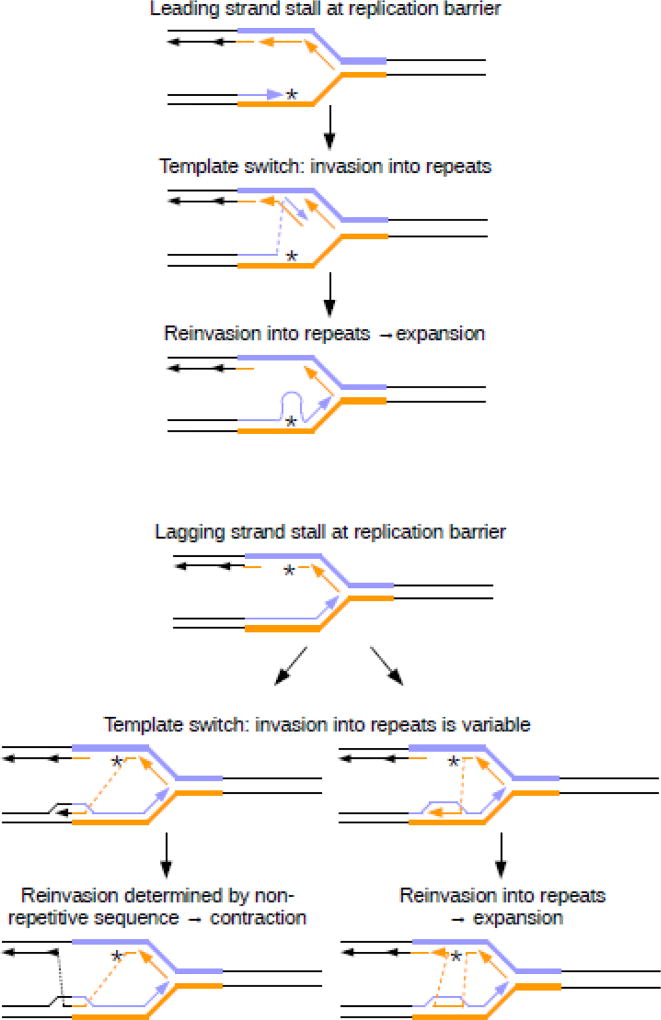Fig. 4. Instability due to template-switch events.
Top panel: During replication, the leading strand may stall after encountering a barrier, including DNA lesions, secondary structures or bound proteins. To bypass the barrier, replication may temporarily switch to use the nascent lagging strand as a template. After reaching the end of the Okazaki fragment, replication re-invades the leading strand template ahead of the lesion. However, within a repetitive region, this re-invasion can occur out-of-register, potentially leading to a large-scale expansion. Bottom panel: The lagging strand can also encounter a barrier to replication, leading to use of the nascent leading strand as a template. Within a repetitive region, this invasion step can be variable. If it occurs close to the border of the repeat (left panel) the Okazaki fragment will contain non-repetitive sequence, leading to a contraction after re-invasion. If the Okazaki fragment contains only repetitive DNA, reinvasion can occur at any point within the repeat, potentially leading to a large-scale expansion.

